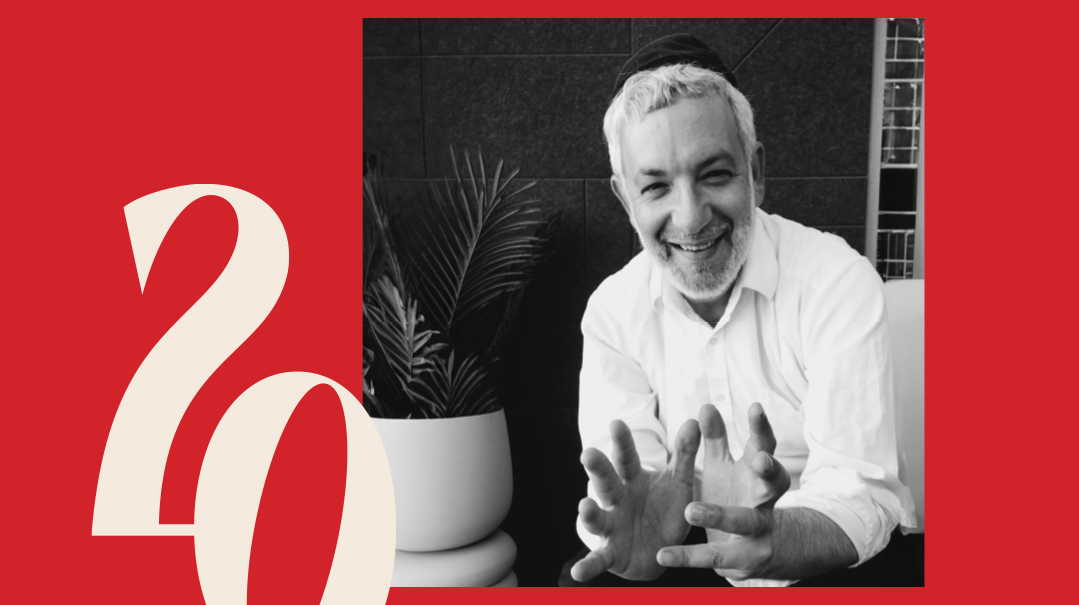20 Questions for… Menachem Weinreb
| June 18, 2024Menachem Weinreb, creative director at Mishpacha since 2009

Menachem Weinreb, creative director at Mishpacha since 2009, blends art with soul. When he’s not crafting stunning layouts, you’ll find him delving into deep Kabbalah texts — always with a stash of chocolate close by.
My ideal work environment
Wherever there is plenty of coffee and chocolate
Deadlines make me…
Work
I learned the most from
My wife
The accomplishment I’m proudest of
My family
The best piece of advice I got
Don’t let school interfere with your education
1. How many years have you been working at Mishpacha?
I’ve been at the magazine since 2009. My first job was designing one of the first supplements Mishpacha published, and I’ve been there ever since.
2. What’s your all-time favorite column design?
The one that has lasted the longest, and is probably also my favorite, is the Family First index. Although it has four iterations, we usually just use the standard one now. There is a lot of flow in that design, a lot of flexibility to mix things up. I don’t lay it out every single week, so I don’t have that much control over it, but in theory, my idea was to bring a lot of design elements into what is otherwise very factual content — and usually a boring layout.
Oops! We could not locate your form.

